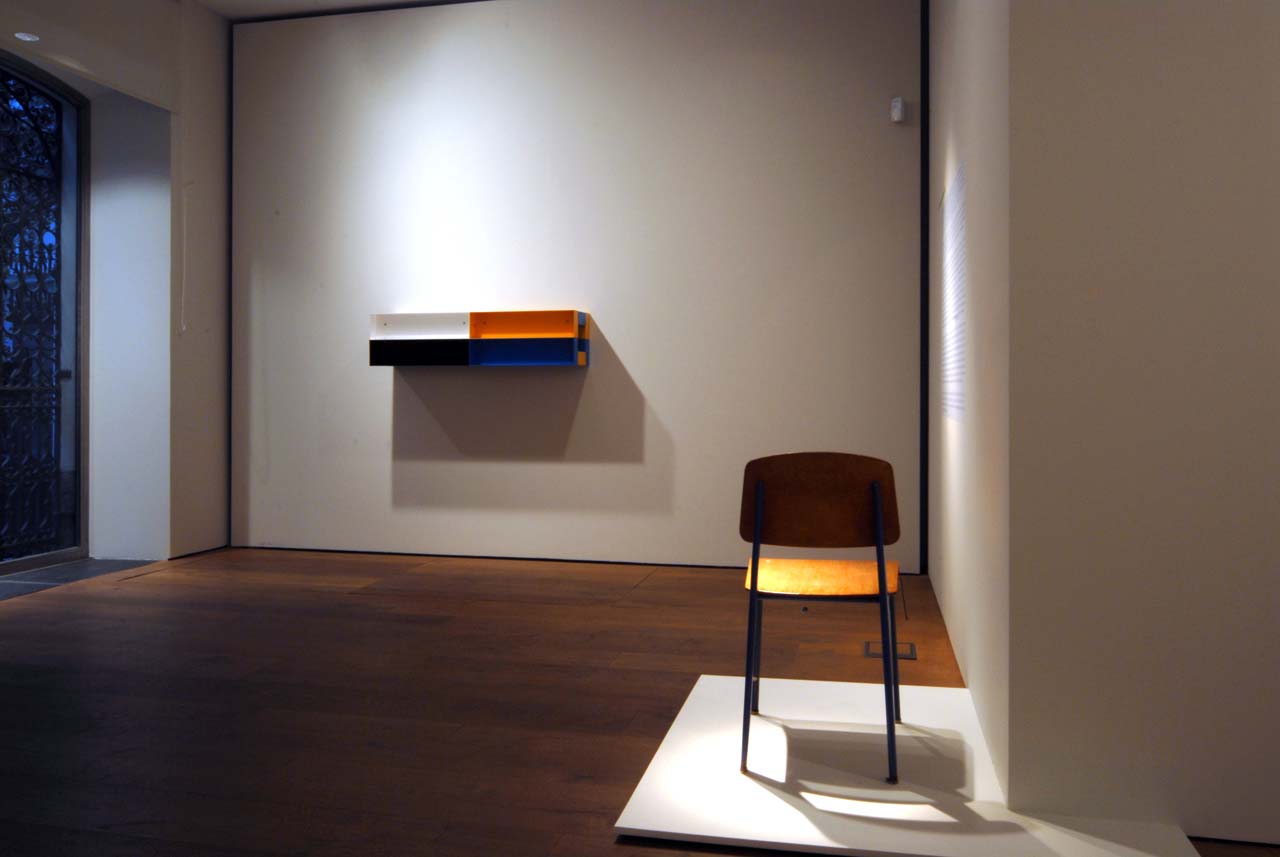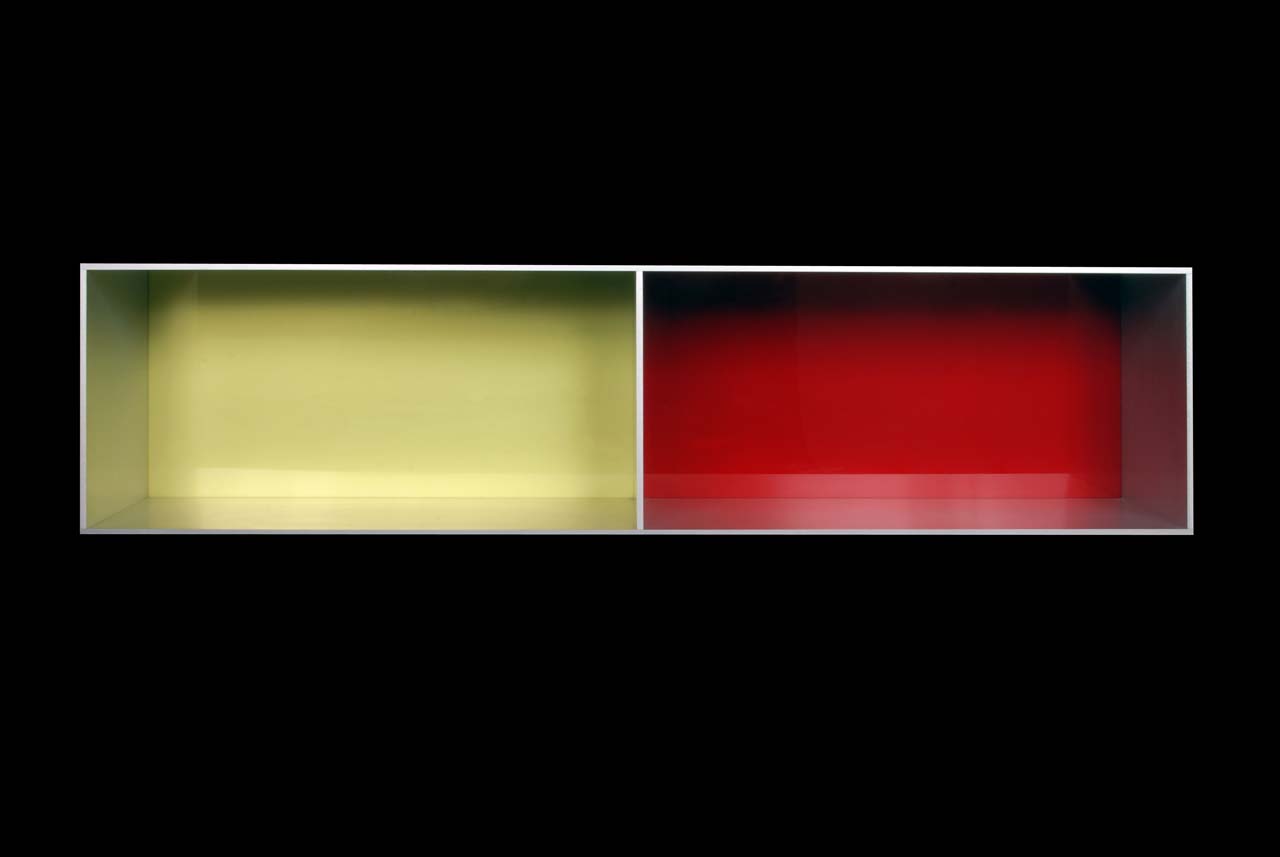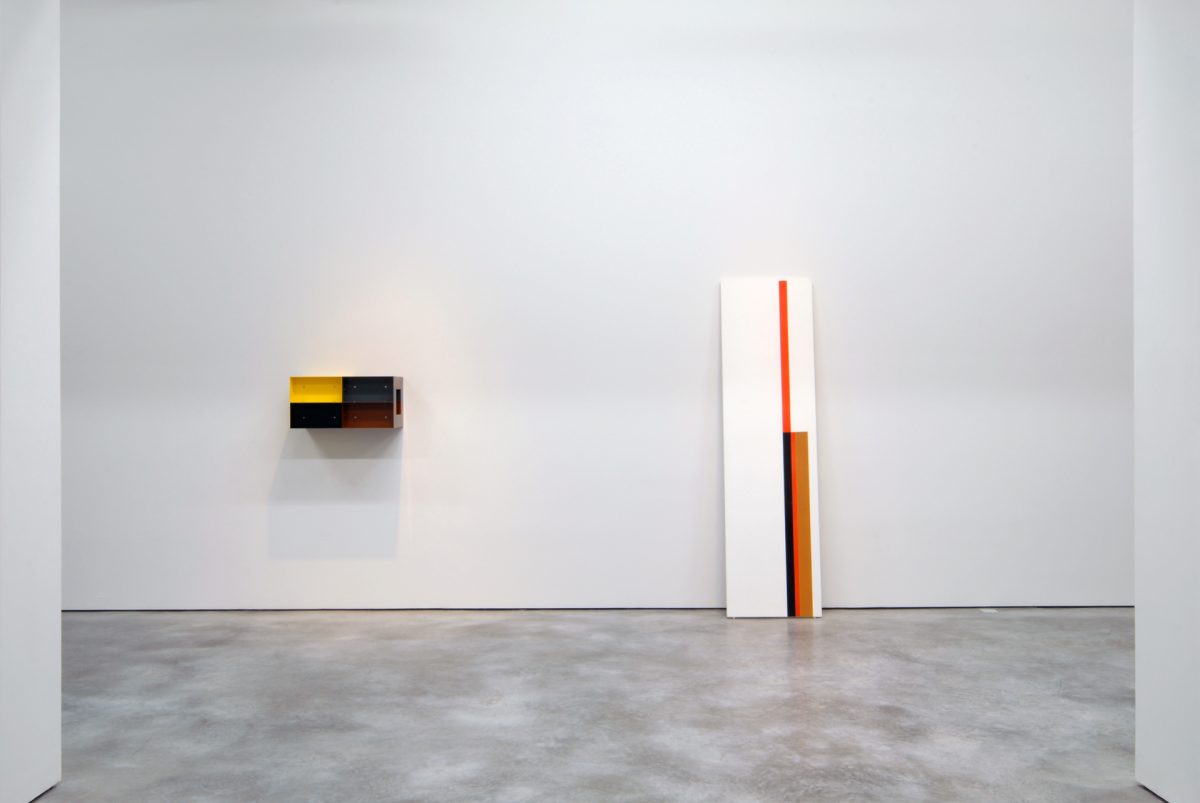In December 2011, Galeria Cayón inaugurated “The appropriate space”, an exhibition that analyzes the close relationship between French design from the 1930s to 1950s and the sculpture by Donald Judd (1928-1994). In addition to various sculptures by Judd, the show features designs by Charles Édouard Jeanneret-Gris, Le Corbusier (1887-1965), Pierre Jeanneret (1896-1967), Jean Prouvé (1901-1984) and Chalotte Perriand (1903-1999).

In interwar Europe, a functional and utilitarian movement developed, mainly in France, within the field of architecture that extended its influence to design. Under the premises of simplification in production, functionality and low cost, the work of three of the greatest designers of the 20th century emerged: Charles Édouard Jeanneret-Gris, Le Corbusier (1887-1965), Jean Prouvé (1901-1984 ) and Chalotte Perriand (1903-1999).
It is precisely the principles of formal reduction and realization (which do not disturb, visually speaking, the presence of the nut or other supporting element, as it will happen in the sculptures-objects of Donald Judd), the taste for the use of vivid color and strict design without decorative concession, which, in general terms, guide the work of these creators.
The earliest work in this exhibition is the wooden bookcase that Le Corbusier and Pierre Jeanneret (his cousin and partner in the architecture studio) made for the Swiss Pavilion of the International University City of Paris (1931-3). Considered one of the most important ensembles of the modern movement, the Pavilion gathers the Lecorbusian postulates both in its architecture and in the design of the objects that dressed the 46 rooms. The extraordinarily simple shelf is located in front of one of Donald Judd’s so-called Menziken, with which it establishes a rigorous spatial dialogue: the sides of the two pieces create an interior space that, in the case of the Judd, has an internal articulation or compartmentalisation added. and the use of color. In addition to the obvious formal similarities, the two works share a concern for the relationship of scale and measure with the viewer, not in vain did Le Corbusier create the so-called “modulor”, a system based on human proportions.



The metropole chair nº 305 (1950), the compass table (1953) and the SCAL bed nº 450 also called Antony (1952, with the addition of the small sliding table designed by Charlotte Perriand) are magnificent examples of the work of the Prouvé workshop. For Prouvé, the son of a painter, color was very important, but the architect thought that one tone should not be used exclusively for each piece of furniture. In the same way that we know metropole chairs, Antony bookstores or the shelves of houses in Mexico and Tunisia of the same design but resolved by combining different colors in their elements, we see Menziken and other works by Judd of the same design but different color or colors. In both cases, this taste for the use of different colors in the same design seems to correspond to a search for the enhancement of color as an expressive element.
Judd’s sculpture-objects have other similarities to the works of Prouvé: the use of materials considered non-artistic (aluminum, Plexiglas or galvanized iron) and the appearance of industrial execution in which the hand of the creative artist disappears to adhere to the pure design of the work.

Related Content

